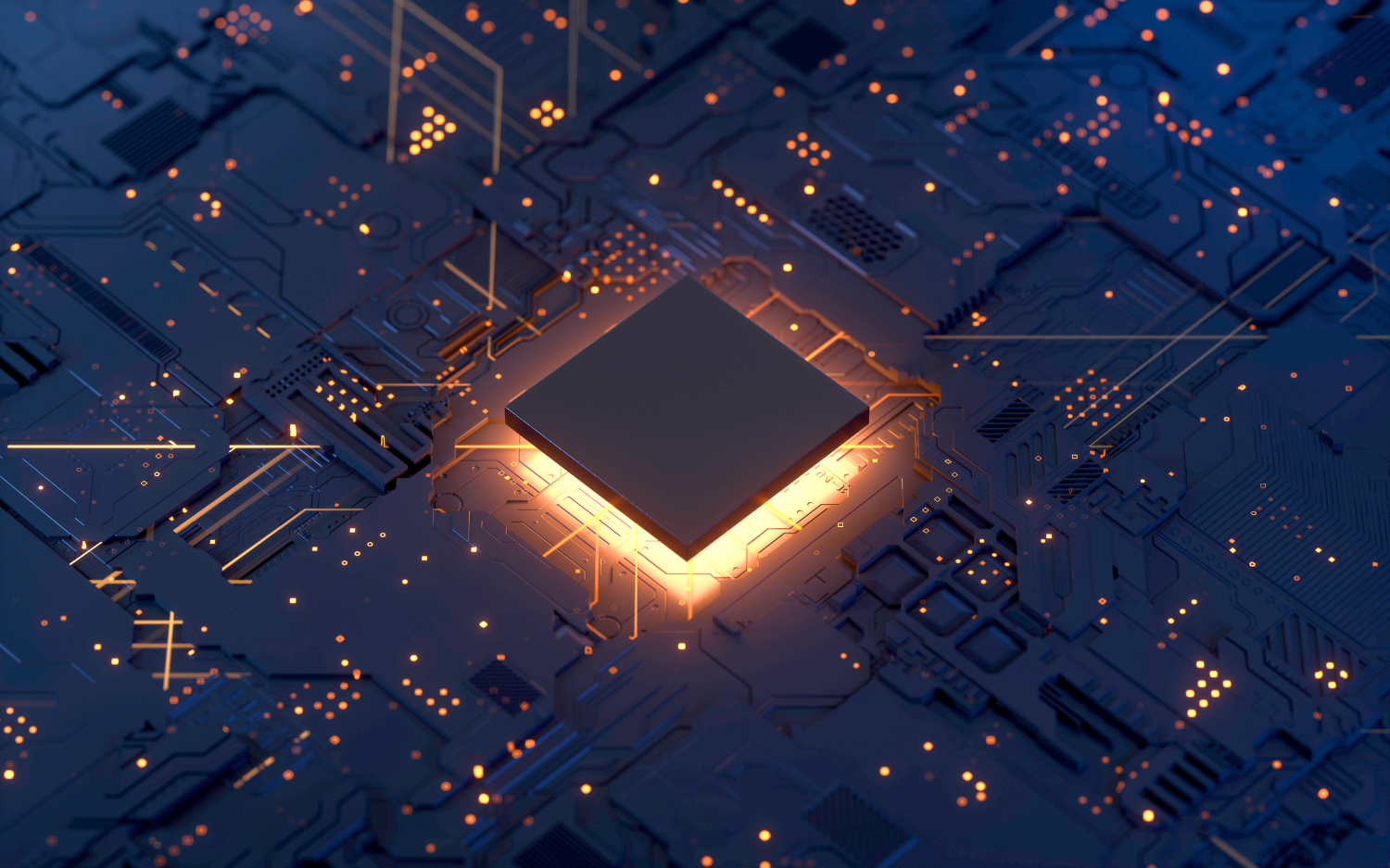Arm, GlobalFoundries Test High-Performance 3D Chips
GlobalFoundries (GF) announced this week that it has used its 12nm FinFET process to tape-out a high-performance 3D Arm chip. GF believes that these high-density 3D chips will enable a “new-level of system performance and power efficiency for computing applications, such as AI/ML [artificial intelligence and machine learning] and high-end consumer mobile and wireless solutions.”
The Race for 3D Chips
The test chip was fabricated using GF’s 12nm Leading-Performance (12LP) FinFET process while using Arm’s mesh interconnect technology in a 3D plane. This makes it easier for chips to scale to higher and higher numbers of cores and also allows data to more directly move from one core to another. Ultimately, this leads to lower latency and higher data transfer speeds for data center, edge computing and high-end consumer applications.
“In the era of big data and cognitive computing, advanced packaging is playing a much larger role than it has in the past. The use of AI and the need for power-efficient, high-throughput interconnect is driving the growth of accelerators through advanced packaging," John Pellerin, chief technologist, platforms at GF, said in a statement.
"We are delighted to be working with innovative partners such as Arm to deliver advanced packaging solutions which further enable integrating various node technologies optimized for logic scaling, memory bandwidth and RF performance in a small form factor. This work will allow us to uncover new insights in advanced packaging that will enable our mutual clients to create complete, differentiated solutions more efficiently.”
The two companies have validated the 3D Design-for-Test (DFT) methodology, using GF’s hybrid wafer-to-wafer bonding. GF said that this technology can enable up to 1 million 3D connections per mm2, making it highly scalable and promising a long life for the 12nm 3D chips.
Arm is one of the latest chip IP companies to show interest in 3D chips. Intel made an announcement last year about its research into 3D chip stacking, AMD has also talked about 3D stacking DRAM and SRAM on top of its chips and, of course, flash NAND companies have been building 3D memory chips for a few years now. The industry seems committed to building 3D chips for the not-so-distant future.
Lagging in Node Shrink, GF Focuses on 3D Chips
GF was recently forced to admit that it won’t be able to complete the 7nm process it had promised AMD for its Zen 2 chips. This greatly impacted the decade-long relationship between the two companies. AMD is still a GF customer but a much smaller one than before.
Get Tom's Hardware's best news and in-depth reviews, straight to your inbox.
GF has had to reinvent itself for the future, as Moore’s Law has slowed down and it has become increasingly difficult and expensive to shrink process nodes. It seems that moving to 3D chip fabrication will help GF stay relevant as its customers continue to demand the manufacturing of higher-performance chips every year.
As the 12nm process is more stable, it should be easier to start developing chips in the 3D plane without worrying about all the issues that may come up with the new 7nm processes. However, it’s only a matter of time until TSMC, Samsung and Intel are able to develop 3D chips on much smaller nodes than GF. If that's the case, GF will likely have to remain focused on producing high-value 3D chips with 'older tech.'
Lucian Armasu is a Contributing Writer for Tom's Hardware US. He covers software news and the issues surrounding privacy and security.
-
bit_user Replyit’s only a matter of time until TSMC, Samsung and Intel are able to develop 3D chips on much smaller nodes than GF.
Well, we've had HBM and HMC for how many years? I think at least 4 years since HBM products launched.
